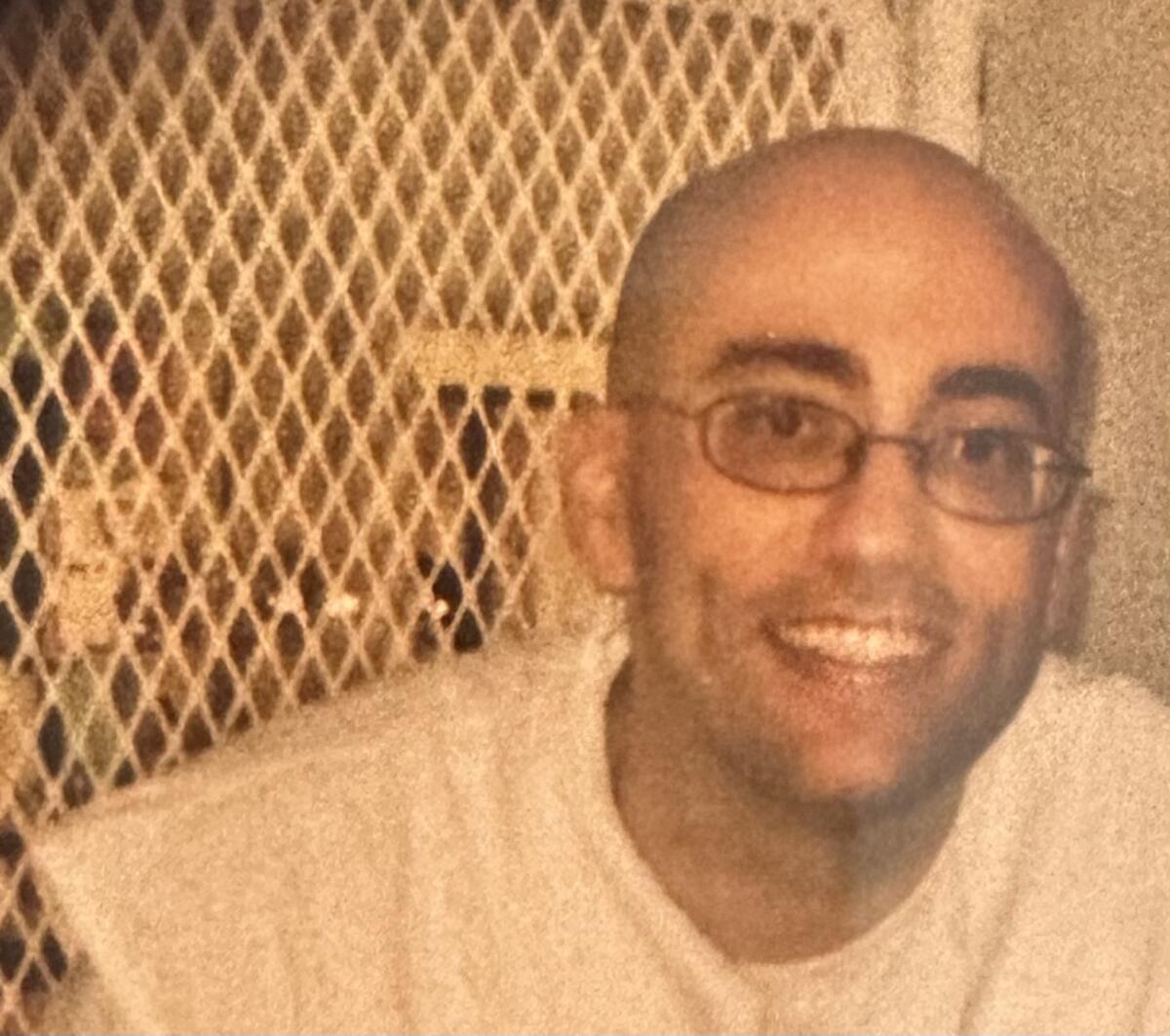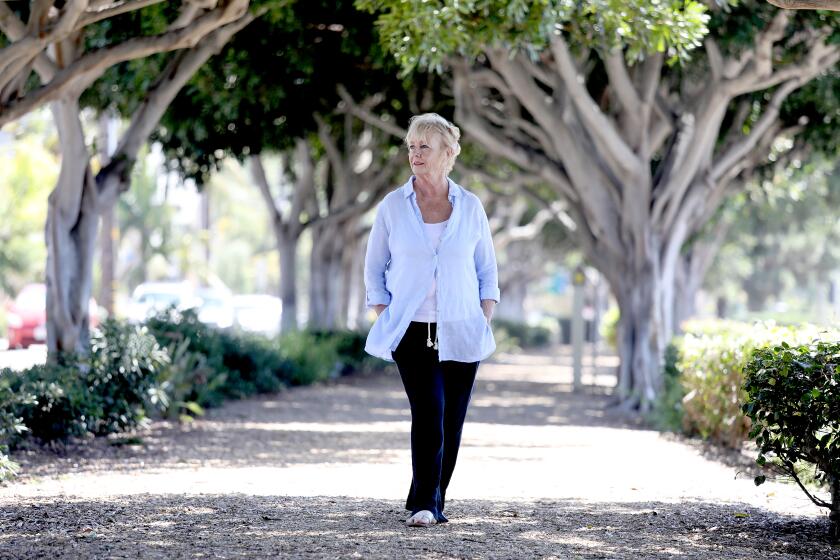On World Day Against the Death Penalty, Texas executes prisoner with history of mental illness

- Share via
After a flurry of last-minute legal rulings that left the case mired in uncertainty for days, on Tuesday night the U.S. Supreme Court green-lighted the execution of Jedidiah Murphy. The Texas man was put to death in the final hours of the 21st World Day Against the Death Penalty.
In his final statement from the gurney, Murphy apologized to his victim’s family.
“I hope this brings you closure,” he said, according to prison officials. Then Murphy quoted a lengthy Bible verse — Psalm 34 — before concluding: “God bless all y’all.”
After telling the warden he was ready, the execution by lethal injection began at 9:50 p.m, and Murphy was pronounced dead at 10:15 p.m. local time.
Some states have abolished the death penalty. California has a moratorium but holds the most people on death row. Texas, where Murphy is held, has carried out five executions so far this year.
The Texas native was sentenced to die more than two decades ago for the murder of 79-year-old Bertie Cunningham near Dallas in October 2000.
Earlier this month, Cunningham’s daughter told The Times that she did not want to see the punishment carried out.
“We are hoping for clemency,” she said.
Long before the killing, Murphy had a history of severe mental illness, including visual hallucinations and dissociative blackouts. It was during one of those blackouts, he said, that he kidnapped Cunningham. After he came to, mid-crime, he shot her. He did not deny his guilt but long maintained that the shooting was accidental and that he never meant for the gun to go off.
During his trial, Dallas County prosecutors alleged the shooting was intentional and called his memory lapses a “very convenient” part of a story that “made no sense.” At the time, life without parole was not an option in Texas, and in 2001 Murphy was sentenced to death.
Over the two decades that followed, Murphy filed legal challenges attempting to overturn his punishment and to be removed from death row. Two of the issues that remained before the courts in recent days focused on the condemned man’s request for DNA testing and on allegations that a fire earlier this year at the Huntsville Unit — where Texas executions take place — may have damaged the state’s lethal injection drug supply.
On Friday, hours after the state’s Board of Pardons and Paroles unanimously denied him clemency, a federal judge granted him a stay so courts could consider the first of those two issues.
The DNA testing Murphy asked for was not intended to exonerate him for Cunningham’s killing, but to prove that he did not commit other crimes prosecutors had accused him of when they claimed during trial that he had a history of committing violent offenses.
In 1997, they said, Murphy had stolen a purse from one woman the same day he allegedly kidnapped and robbed another woman nearby — who didn’t identify him until three years later, when she saw his face in the news.
But authorities never charged him and, unlike with Cunningham’s killing, Murphy said he was innocent in those earlier cases. His lawyers argued that it was physically impossible for him to have committed crimes so far away from where he was that night, and that his handprints didn’t match those found in the kidnapped woman’s car.
Still, prosecutors used the alleged 1997 crimes to convince the jury he was a repeat kidnapper who’d gone on to kill — and thus would be a lifelong danger.
“Not only was he not a serial kidnapper of women,” his attorney, Katherine Black, told The Times, “but he committed this crime in the throes of a mental health crisis that came after years of trauma and abuse.”
Though the state courts had denied his request for DNA testing, Murphy took the matter to federal courts, where on Friday evening a judge paused the execution.
State prosecutors quickly appealed. On Monday, two jurists on a three-judge panel in the typically conservative 5th U.S. Circuit Court of Appeals agreed that they would allow the stay to remain in place, saying that another prisoner had already raised similar issues and that they wanted to make sure the court could rule in that case first.
The third judge on the panel, Judge Jerry Smith, dissented. But in an unusual move, Smith framed his lengthy dissent as if it were the majority opinion he thought the court should have written — even going so far as to style it like a typical majority opinion, using the word “we” and including the other judges’ names at the top.
CARE courts open in several California counties Oct. 2. Some families and others question the voluntary-compliance aspect of the mental illness law.
Legal expert and independent journalist Chris Geidner, who followed the case closely, described the “fake majority opinion” as both “arguably unprofessional” and confusing.
Amid that confusion, on Tuesday evening, the U.S. Supreme Court overturned the rulings of both of the lower courts and vacated the stay. Then, nearly three hours after the execution had been slated to occur, the high court turned down Murphy’s last piece of pending litigation, relating to his concerns about whether the state’s pentobarbital supplies had been damaged in the fire.
Texas has three more executions scheduled this year. Though in recent decades the state has put to death more prisoners than any other, California — which has not carried out an execution in years — has the nation’s largest death row population.
More to Read
Sign up for Essential California
The most important California stories and recommendations in your inbox every morning.
You may occasionally receive promotional content from the Los Angeles Times.
















